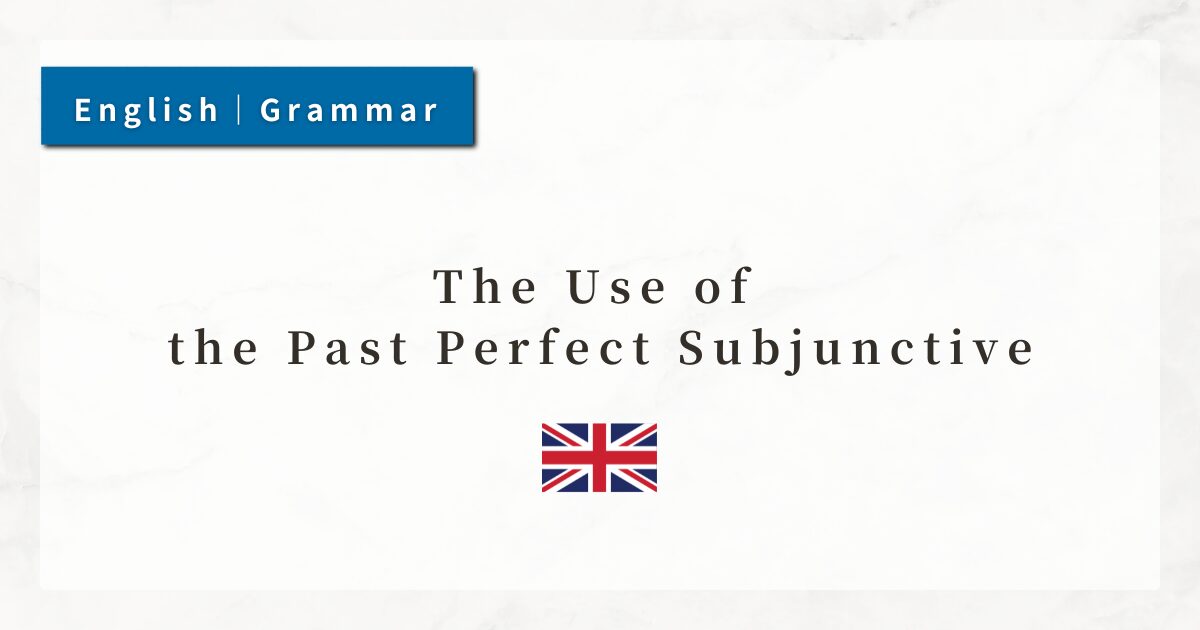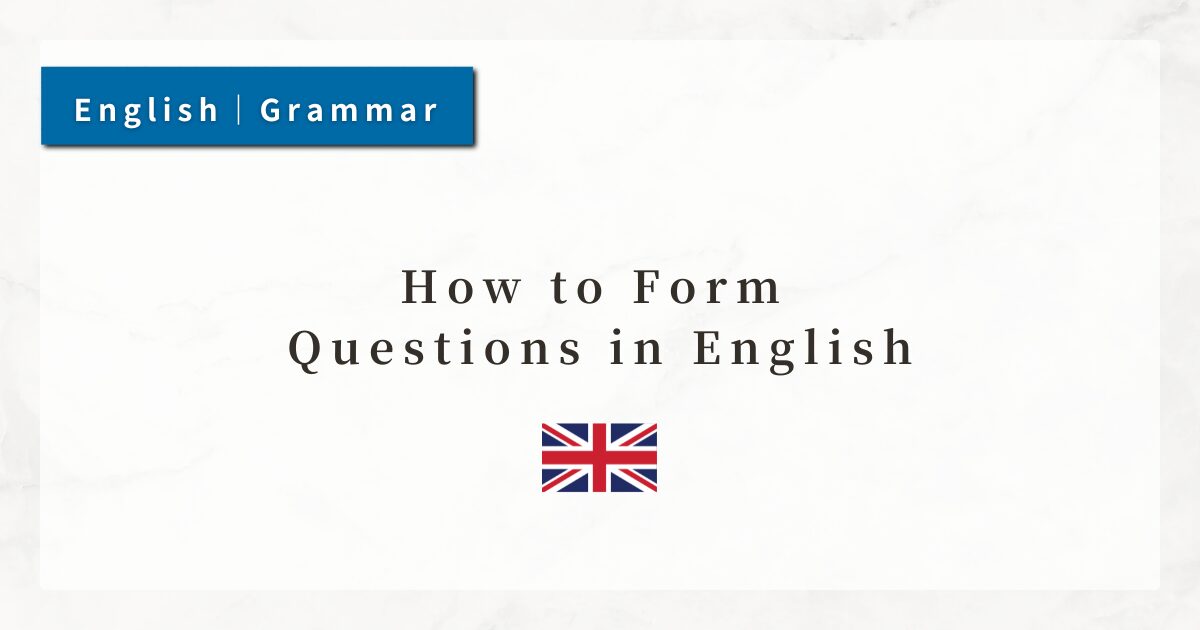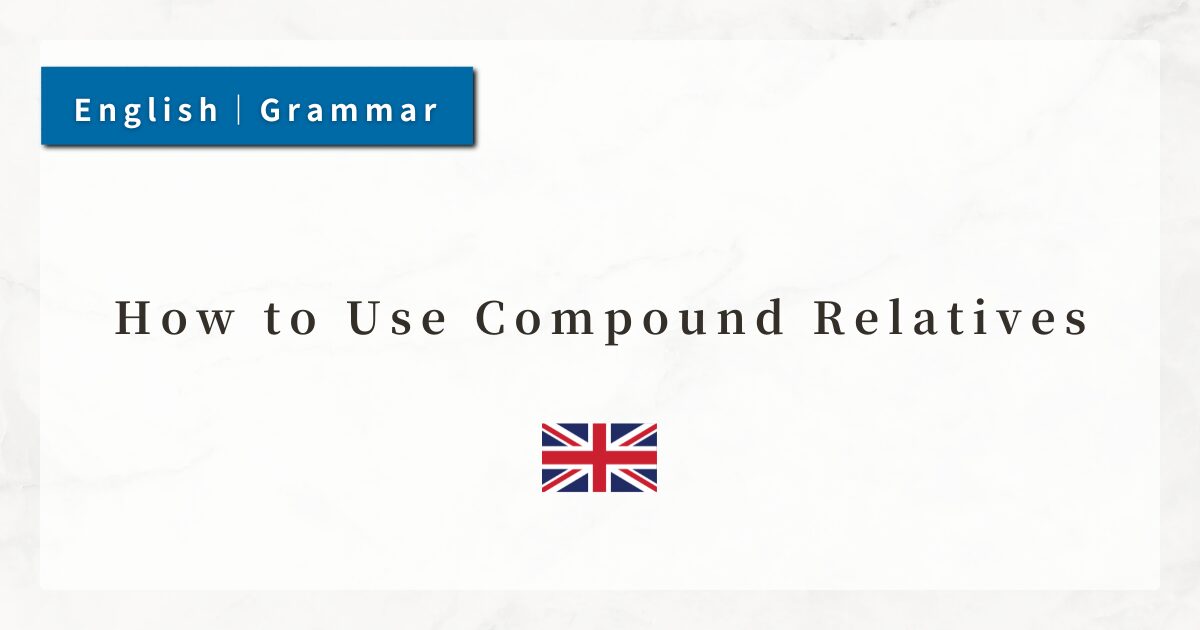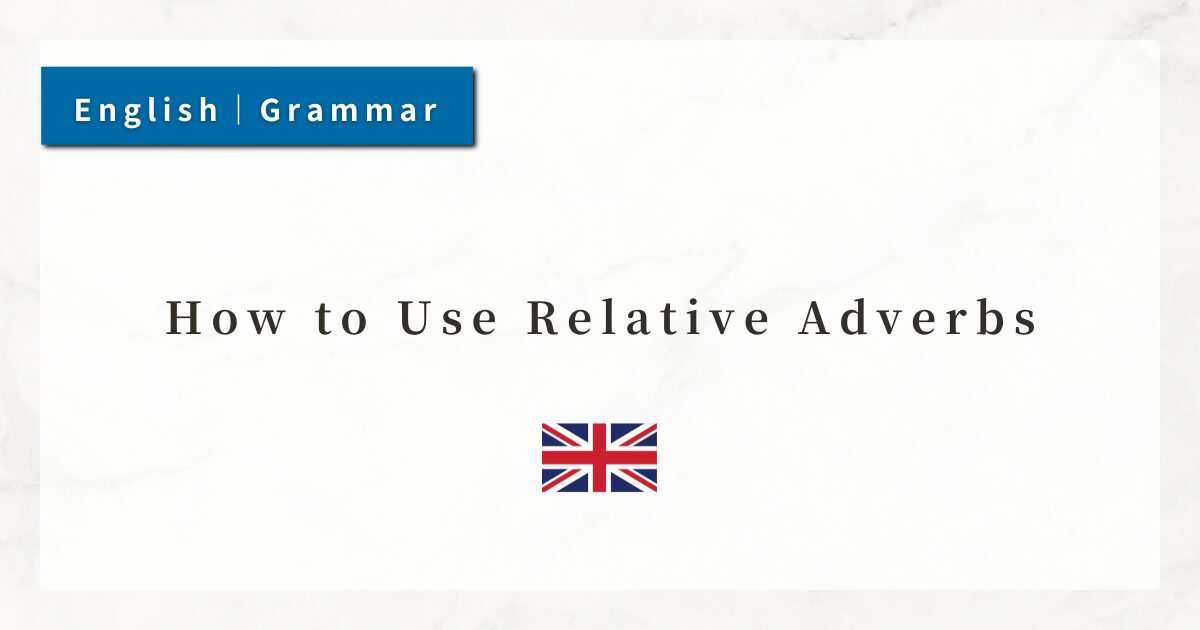#57 The Use of the Past Perfect Subjunctive|Expressing “If I had…, I would have…”

In English, the subjunctive mood is used to describe hypothetical or unreal situations, such as “If …, … would …”.
In particular, the past perfect subjunctive is used when imagining a situation contrary to past facts, often to express regret or to consider an alternative outcome: “If I had …, I would have …”.
In this lesson, I will explain the basic rules and usage of the past perfect subjunctive in detail.
1. Basic Rules of the Past Perfect Subjunctive
The past perfect subjunctive is used when imagining an alternative past event that did not actually happen, and considering what the result might have been.
It is frequently used to express regret, disappointment, or alternative possibilities.
The basic structure is:
If + subject + had + past participle, subject + would have + past participle ….
Example:
- If I had studied harder, I would have passed the exam.
Here, the speaker is expressing the opposite of the past reality:
“I did not study hard → I did not pass the exam.”
2. Practical Usage of the Past Perfect Subjunctive
2-1. Expressing Regret About the Past
This structure is often used to look back on one’s own or others’ actions and express regret, such as “I wish I had…”.
- If she had left earlier, she would have caught the train.
- If I had told the truth, he wouldn’t have been angry.
Both examples express the idea: “She did not leave early → she missed the train” and “I did not tell the truth → he became angry.”
2-2. Considering Alternative Possibilities
The past perfect subjunctive is also used when imagining how things could have been different if another choice had been made.
- If they had invited me, I would have joined the party.
- If we had taken a taxi, we would have arrived on time.
2-3. Combining with the Present Subjunctive (Mixed Conditionals)
Sometimes the past perfect subjunctive is combined with the present subjunctive to describe how a past event affects the present situation.
- If I had taken that job, I would be living in London now.
Here, the past decision (not taking the job) influences the current reality (not living in London).
3. Omitting If (Inversion)
In formal writing or speech, “if” can be omitted, and the sentence begins with: “Had + subject + past participle, …”
- Had I known the truth, I would have told you.
The meaning is the same, but the style is more formal and often used in speeches or literary contexts.
4. Summary
- Basic structure:
If + subject + had + past participle, subject + would have + past participle - Meaning:
Used to describe a situation contrary to past facts (If … had …, … would have …). - Main uses:
1. To express regret about the past
2. To imagine an alternative past possibility
3. To link a past event to the present (mixed conditional) - Inversion:
Had + subject + past participle (a formal alternative to using if)




